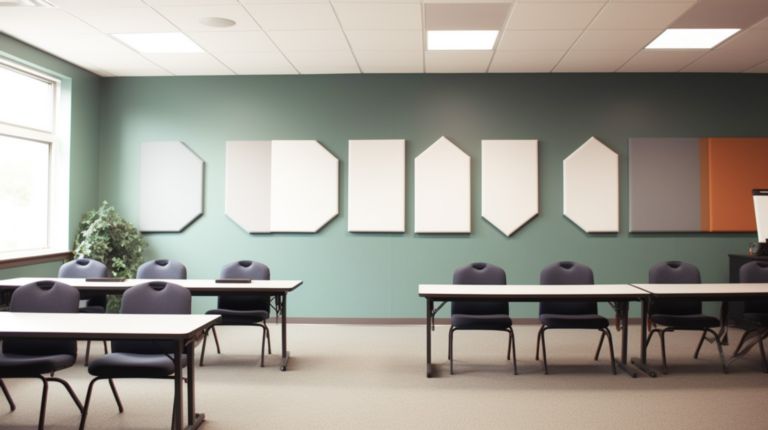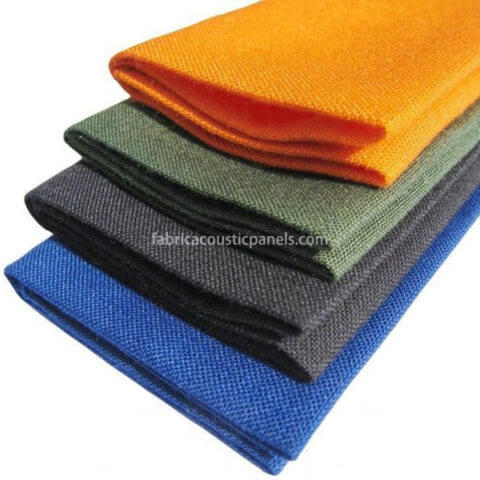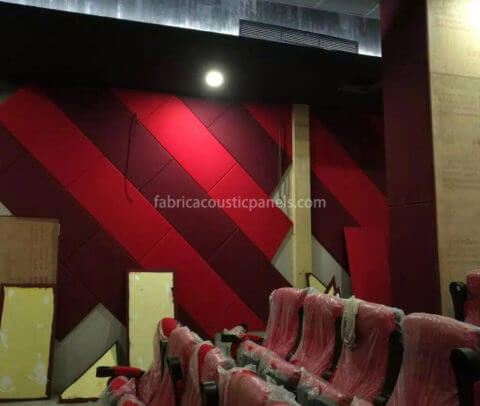Table of Contents
I. Introduction
II. Benefits of Textile Wall Covering
III. Application of Textile Wall Coverings
IV. Benefits of Acoustic Textiles
V. Innovative Textile Wall Panel Designs
VI. Conclusion
I. Introduction
In architectural design, fabric acoustic wall and ceiling products have become increasingly popular. Not only do these innovative solutions enhance aesthetics and functionality in one go, they have become one of the go-to choices of designers and architects for creating visually attractive yet acoustically efficient environments. Textile wall covering has emerged as versatile choices that enable designers and architects to craft visually striking yet acoustically efficient environments.
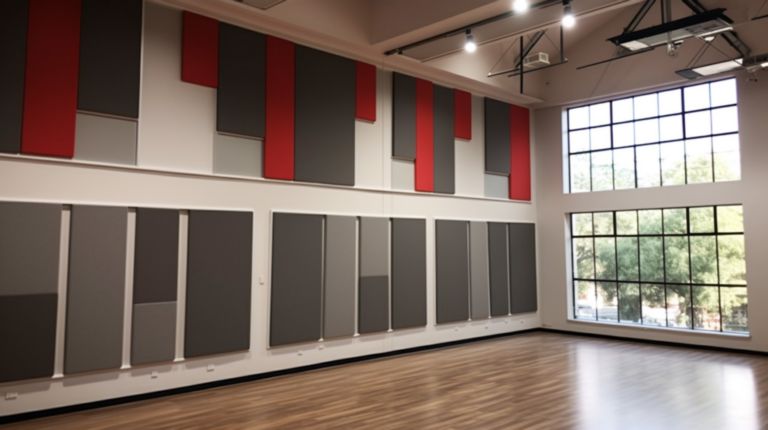
II. Benefits of Textile Wall Covering
A. Enhance aesthetics and design versatility
Textile wall hangings offer many benefits that enhance the visual appeal of any space, with their wide array of colors, patterns, and textures offering endless design opportunities. Ranging from bold wall hangings to more subdued panels with elegant aesthetics – their versatility enables designers to realize their aesthetic vision easily.
B. Improved Acoustic Performance
Textile wall covering is widely known for their exceptional acoustic performance, from their aesthetic appeal to absorbing sound and reducing noise levels in any given space. Acoustic panel texture plays a pivotal role in absorption as well as controlling reverberation for an ideal acoustic experience – whether in an office setting, restaurant dining area, hotel lobby or even just your living room! Adding textile wall coverings can significantly enhance any acoustic experience!
C. Texture Appeal and Tactile Experience
Textile wall coverings add depth and character to a space with their distinct textural appeal, creating an inviting ambiance while making occupants more at ease. Their tactile experience also adds another sensory layer, making the design more engaging and interactive.
D. Customization Options and Adaptability
Acoustic textile panels boast unparalleled customization options for designers. Designers can select from an impressive array of materials, colors, patterns and sizes that meet their particular design requirements; whether that means large scale installations or smaller accent pieces – textile wall coverings can easily fit into different architectural designs to provide a harmonious and unified aesthetic.
Stay tuned as we delve deeper into how acoustic textiles can transform spaces into visually striking yet acoustically optimized environments. In part two of this blog series, we will look at various applications of textile wall coverings across architectural designs – highlighting their adaptability. Stay tuned!
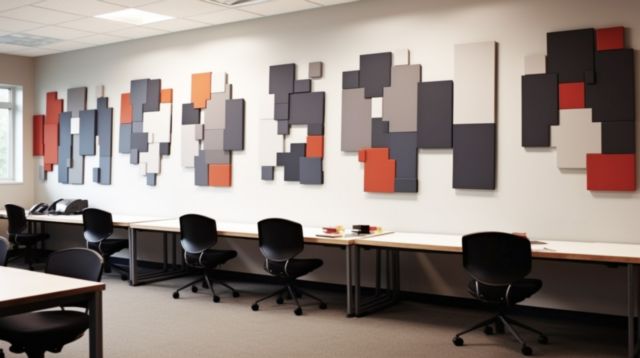
III. Application of Textile Wall Coverings
Acoustic textile coverings find multiple uses in architectural designs, offering both functional and aesthetic advantages. Let’s examine some key applications where these versatile products excel:
Wall hangings that enable artistic expression
Textile wall panels have long been appreciated as an artful form. Their intricate, visually captivating pieces not only serve as decorations, but also contribute to the overall ambience of a space – be it museums and art galleries or hotels or residential interiors – adding elegance and cultural richness. Acoustic fabric texture hangings can tell stories while stirring emotions; creating focal points that transform ordinary walls into works of art.
Acoustic Panel Texture for Sound Absorption
Fabric indoor wall covering serves one of the primary functions of textile wall coverings by improving a space’s acoustics. Acoustic panel texture created through fabric use plays an essential part in sound absorption; these textile effect wall panels effectively reduce echo, control reverberation and minimize background noise for an ideal acoustically balanced environment. Be it a conference room, theater, recording studio or even home studios incorporating sound absorbing textiles with acoustic properties ensure optimal sound quality and clarity for maximum productivity and relaxation.
Textile wallcoverings for interior design projects
Interior designers frequently turn to textile wall coverings in order to elevate the overall aesthetic of their projects. These versatile wallcoverings can be used to add focal points, texture or pops of color – something textile wallcoverings offer in abundance – whether for residential homes or commercial establishments alike. From hotel lobbies and restaurants, to cozy living rooms or cozy family dining areas – textile wallcoverings add a personalized and distinctive element that sets the scene for their design schemes.
Textile Ceiling Solutions for Versatile Spaces
Whilst walls may take center stage in architectural design, ceilings shouldn’t be forgotten about either. Textile ceiling options present an opportunity to bring creativity and functionality into spaces often neglected – from suspended fabric panels to stretch fabric systems; textile ceilings offer a versatile solution for concealing infrastructure while improving acoustics and improving aesthetics – perfect for concealing infrastructure while improving acoustics and aesthetics in modern offices, retail stores or hospitality venues alike! From suspended fabric panels to stretch fabric systems; textile ceilings transform plain ceilings into visually striking elements that will enhance any space as well as improve acoustics significantly!
Stay tuned as we explore the advantages and uses of noise cancelling wall covering as part of sound control and noise reduction measures. In next part of this blog series, we will delve further into these textiles’ capabilities for creating more acoustically pleasant environments. Don’t miss this valuable insight!
Acoustic Textiles provide many advantages. Here are four to consider when considering them for use as noise absorbing solutions:
IV. Benefits of Acoustic Textiles
Acoustic textiles play a pivotal role in creating an acoustically pleasurable environment, so let’s examine some of their key advantages in architectural designs:
Sound Absorption Properties
Acoustic textiles are specially-engineered fabrics designed to absorb sound waves effectively, thereby reducing echo and reverberation within spaces. By absorbing unwanted noise reflections and providing a more relaxing and enjoyable environment for their users, acoustic textiles create an enjoyable space in which people can work and relax.
Noise Reduction and Improved Acoustics
Acoustic textile ceiling not only absorbs noise but can also contributes to noise reduction by blocking sound transmission through walls and surfaces, creating quieter environments. Improved acoustics result in enhanced speech intelligibility, reduced distractions, and greater overall comfort – perfect for an open office, healthcare facility or classroom setting! Integrating acoustic ceiling textile can significantly enhance occupants’ acoustic experience.
Integrating Acoustic Fabrics Into Architectural Elements
One of the greatest advantages of acoustic textiles is their seamless integration into various architectural elements, from wall coverings and ceiling panels to room dividers and room dividers. Their versatile use enables designers to incorporate them seamlessly into different spaces and structures without altering their overall aesthetic – thus becoming an integral component of architectural visions.
Sustainable options
Many China wall covering panels are manufactured using eco-friendly and sustainable materials, reflecting our increasing concern about environmental concerns. By selecting eco-friendly options when designing spaces that prioritize acoustics as well as align with sustainable practices, architects can create spaces that prioritize both.
V. Innovative Textile Wall Panel Designs
Textile wall panels continue to offer innovative solutions for interior design projects. Let’s explore some of these exciting possibilities:
A. Textile wall panels as indoor wall coverings
Textile hard surface wall coverings provide a versatile and aesthetically pleasing solution for indoor wall coverings, providing designers with endless design opportunities. Customization options exist with regard to size, shape, fabric type and colour; designers can then craft unique installations which stand out in terms of size, shape and visual impact. Textile panels add depth, texture and a luxurious element to any interior space they are used in – perfect for living rooms or commercial settings alike.
B. Hotel Wallcoverings with Textile Effects
Hotels strive to create an inviting and luxurious ambience for their guests, using textile wall coverings that feature special effects such as metallic finishes, embossed patterns or fabric-like textures to enliven hotel interiors and ensure sound control during guest stays. Not only can such textile wall coverings add visual interest; they can also contribute to sound control ensuring peaceful stays for visitors.
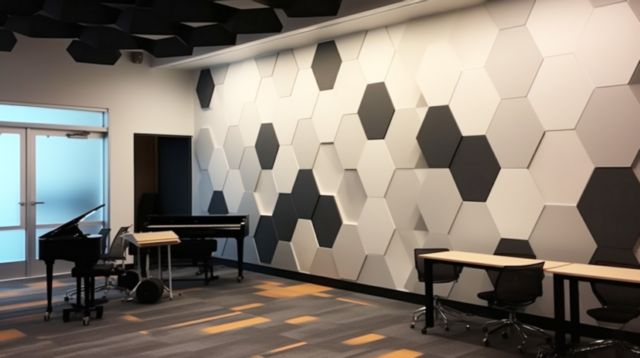
C. Sound-absorbent wall coverings for serene environments
Noise-canceling wall coverings offer an invaluable solution in environments where noise reduction is crucial, such as libraries, hospitals and meditation spaces. These specialized textiles absorb and block out external noise to create an ambience of serenity and tranquillity for relaxation, concentration and overall well-being. By including noise-canceling wall coverings into their designs, architects and designers can create spaces which foster relaxation, concentration and well-being for visitors.
D. Hard surface alternatives and decorative wallcover sheets
Textile decorative wall covering sheets not only offer acoustic benefits, but are also an economical alternative to hard surfaces in terms of practicality and injury risk. Softer textile surfaces reduce this risk while decorative textile sheets can add visual interest by turning plain walls into captivating design elements – with so many patterns and colors available, designers have plenty of room for personalizing spaces to fit each of their customers needs.
Stay tuned as we delve deeper into textile eco wall coverings and their applications in future blog posts, providing ideas on how you can incorporate these groundbreaking designs into architectural projects.
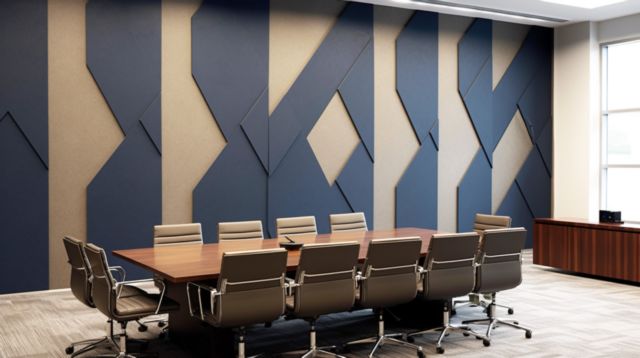
VI. Conclusion
To conclude, textile wall coverings offer many benefits and applications in architectural designs. Their versatility allows designers to enhance aesthetics, improve acoustics and create engaging environments. Let’s review some key points:
Textile wall covering offers both enhanced aesthetics and design flexibility for creating visually appealing spaces, and enhanced acoustic performance, which reduces echo to create a more pleasant acoustic environment. Textural appeal and tactile experience provided by textile wall coverings add depth and character to a space; their customization options and flexibility facilitate easy integration with different architectural designs.
As you embark on your architectural design journey, don’t overlook the vast potential of textile hotel wall covering. Discover all their materials, colors, patterns and textures available so you can bring your creative vision to life – be it adding elegance to a hotel lobby or creating a serene environment in healthcare facilities; textile wall coverings can take your designs to new heights.
As part of your quest to explore fabric acoustic products and their applications, we invite you to delve deeper. Learn about new innovations, technologies and design possibilities that could revolutionize architectural projects. Discuss with experts in the field who can offer guidance in using fabric acoustic products as design components.
Implementing acoustic wall covering panel into architectural designs not only adds visual interest, but can also significantly enhance occupants’ acoustic experience. Leveraging their benefits, you can create visually striking, acoustically optimized spaces while being environmentally-conscious.
Be mindful that when it comes to textile interior wall covering panels, the opportunities are virtually limitless. Allow your creativity to flow and explore all of the options available – then start transforming your architectural designs with fabric acoustic products today!
Thank you for joining us in this exploration of acoustic cloth wall coverings as architectural designs vary, and hope this article has provided valuable insights and inspired future projects.
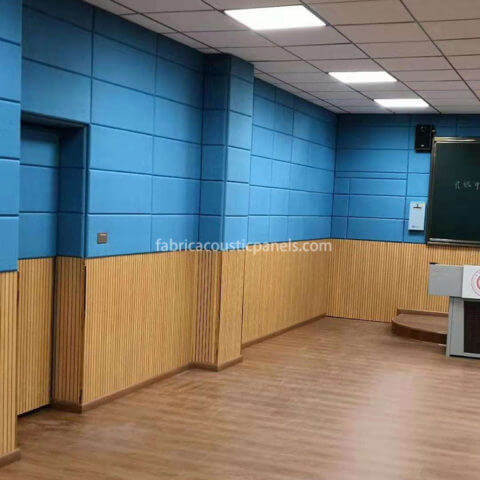
Acoustical Fabric Wall Covering
Fabric-Covered Panels Echo Absorbing Panels Fabric Covered Paneling | Acoustical Wall Coverings Acoustic Panels With Fabric Cover Theater Wall Panels Fabric Wall
